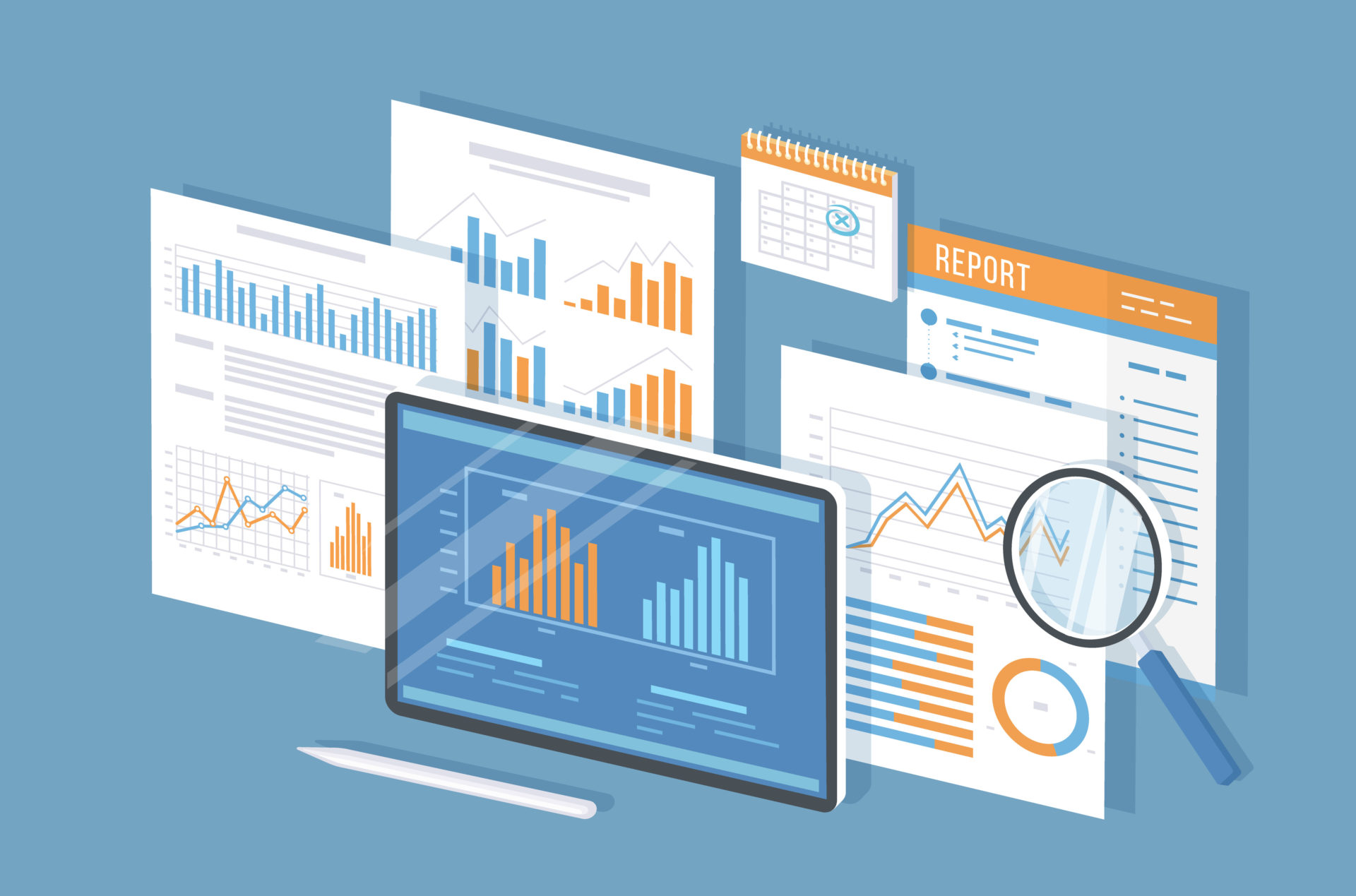
You’ve seen bounce rates, click-thru rates, website sessions, page views, and more. With all the different numbers on your monthly website traffic report, it can be tough to tell the difference between the data sets.
Once you finally learn the definitions of key terms in your analytics report, how do you interpret this website data to create the most effective marketing strategy for your business?
This article will discuss the difference between two key terms: website sessions and page views. We’ll also explore how you can leverage these key website analytics to adjust your marketing strategy and gain insight into your website’s performance.
What is a Website Session?
A website session is a conglomeration of actions a website visitor takes during a specific period.
According to Google Support, a website session is a measurement of visitor engagement that lumps together several actions of a single website user. It ends after a certain period of inactivity.
A web session considers everything a user does on your website, such as page views, conversions, and more. They can even leave your website and come back later, and it still counts as part of this session because session tracking “ends” after a period of inactivity on the site, usually 30 minutes.
Website sessions are also called “visits” by some reports.
Let’s run through an example of a website session to help explain:
- A visitor finds your website from a Google search and lands on your services page.
- The user scrolls the page, clicks on different products, and navigates to your contact page before leaving the website to check their email and read some news articles.
- A few minutes later, the visitor returns to your website and makes a product purchase.
- All of these user actions are tracked under one “session” because even though the visitor left your website, they were not inactive for the expiration time (usually 30 minutes). All follow-up website visits and actions in this time frame still count as a single session.
How to Use Website Session Data
Website sessions can give you insight into user behavior and how they interact with your website and products. This data is vital for businesses to track several data points such as purchases, page views, traffic sources, and more.
What is a Website Page View?
While “page view” sounds self-explanatory, there are some caveats you should know.
A page view occurs when a page is loaded OR if it’s reloaded, regales of whether the user is already on the page or visits from elsewhere. In theory, you could have dozens of page views from one user within minutes if they continually hit the refresh button.
If a website page is loaded in the browser, it will count as a page view.
How “Unique Page Views” Can Help Marketers
A “unique page view” takes this data a step further. This refers to the number of views generated by different users. Unique page views help you analyze your website traffic data without the possibility of overinflated numbers by someone refreshing the page in their browser.
How M&R Marketing Can Help
Our team of digital experts analyzes website traffic reports and interprets data for businesses daily! We can help you understand the meaning behind the numbers and create solutions to help your website grow.
Let’s get started! Send us an email at hey@mandr-group.com for a free consultation.

